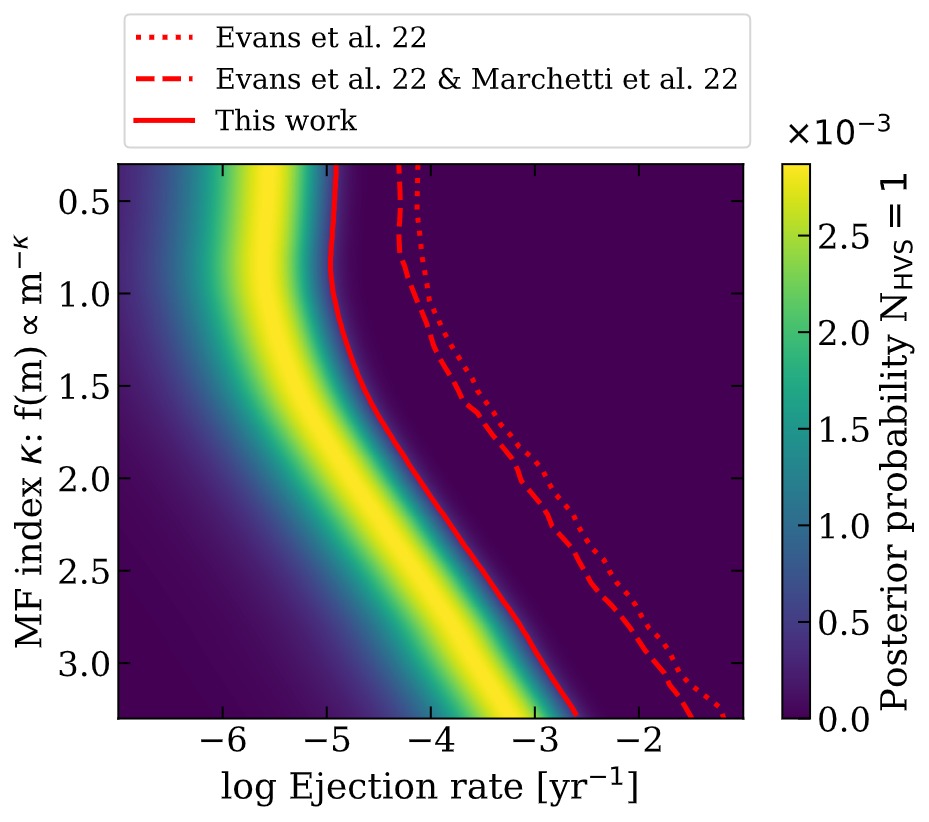
Sill Verberne
When two stars that orbit each other come very close to a massive black hole, they can be separated by the gravity of the black hole. In such a scenario, the black hole captures one star and the other star is ejected in a way similar to a sling-shot. The ejected star can be super fast, analogous to a bullet shooting through our Galaxy and beyond. Because they are so fast they are rare and difficult to find. It has taken 20 years for researchers to identify one star that has been unambiguously ejected by a black hole.
My research focuses on identifying more of these hypervelocity stars, making use of the European Space Agency’s Gaia telescope. Gaia measures, extremely precisely, the positions of almost 2 billion stars across the sky over many years. In my research I use these positions, and how these change over time, to look for stars that could be hypervelocity stars. However, Gaia does not tell us how quickly a star is coming towards us or going away from us. We do need this information to be able to confirm or reject any potential hypervelocity stars. For this purpose, I use large telescopes on the ground in Chile and on La Palma. By combining the measurements from the ground and from space, we have all the information we need.

To link the observations back to the properties of the Galactic Centre, we use simulations developed by Fraser Evans which tell us what we should observe for a given set of Galactic Centre properties. Any simulations that do not agree with our observations can then be rejected. By doing this for a sample of 200 stars that we observed both from the ground and from space, we were able to measure how many hypervelocity stars are produced each year. However, because Gaia is not sensitive to very faint stars that are far away, it turns out that the mass distribution of hypervelocity stars is important for this. If hypervelocity stars tend to be heavy, and thus bright and visible to Gaia, we would only need very few hypervelocity star ejections per year to match our observations. Vice-versa, if hypervelocity stars tend to be light and faint, we would need many more ejections of them to match our observations. Our results are shown in the figure to this figure.
